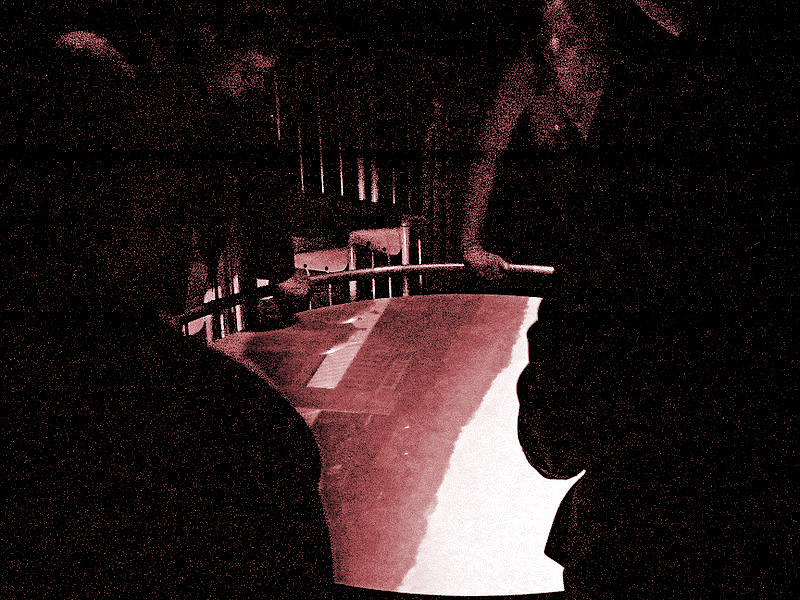This post originally appeared on one of our favorite blogs, OWNI, 25 January, 2011. ![]()
Without indulging into the theories developed by radical sociobiologists, we can reasonably hypothesize that the development of the ego, vanity, and a sense of self-importance were more or less the result of evolutionary adaptations needed for our species’ survival.
THE NATURAL NEED TO EMERGE FROM THE CROWD
In prehistoric times, group survival depended on the level of strength and stamina individuals had in an insecure world where they were powerless against nature. They had to be strong enough to persevere over harsh weather conditions, long migrations, and other dangers in this savage world. They also had to be fit enough to compete against other males for females, thus perpetuating their contribution to the gene pool.
More than just mere strength was needed for survival: The cohesion and solidarity of the groupallowed people to defend themselves against larger animals and organize collective hunts. In turn the group provided food security for everyone, justifying why collective actions were instated as an efficient method for survival. more...






